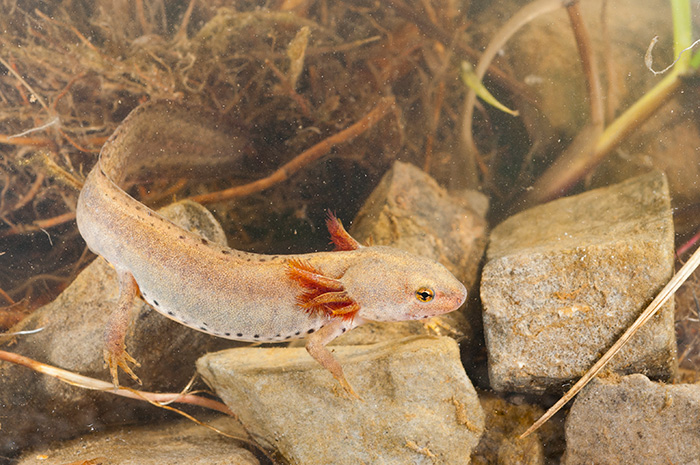
In the animal world there is a very curious phenomenon, that cause the persistence of juvenile and adult characteristics together. This condition is call “neoteny”.
This word derived fromGreek neos "young" + teinein "to extend", sometimes it’s also called “Paedomorphosis” that means “youthful appearance”.
A well known example is the Axolotl (Ambystoma mexicanum) also called Mexican salamander; this amphibian is like a common caudata larvae, but sexually mature, therefore shows external gills for the aquatic respiration but also developed gonads.
There are three types of neoteny: “mandatory”, “almost mandatory” and “optional”.
The first is the one that shows by various cave-dwelling species, like the olm also called proteus (Proteus anguinus) and the waterdogs (genus Necturus sp.), that have lost all ability to metamorphose.
In the second case, we find species like the Axolotl that, if we administer to them the thyroid hormone involved in the process of metamorphosis, they develop to the adult individual.
At last, there are the “optional”: the alpine newt (Ichthyosaura alpestris) for example.
In particular environmental conditions in fact, the larvae do not metamorphose, but continue to grow and develop some adult characters, while maintaining the gills for the aquatic life; this phenomenon happens when the aquatic conditions are better than the external. In fact, when the pond dries up, the individual is obliged to metamorphose, switching to an adult and a terrestrial stage.

